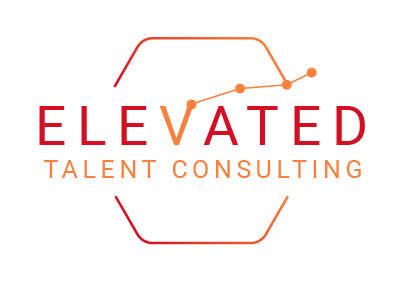Onboarding that Impacts Retention
By Traci Scherck, MPA, SPHR, SHRM-SCP
Do you remember your first day on the job? Was it super organized and aligned with who you are or was it well... not the best experience? There is nothing worse that starting a new job and when you arrive on the first day, they are not ready for you. What does that say about the organization? What does the new employee feel about the organization? This happens all too often and can lead to employee disengagement. Yet, what happens when you accept an offer for a new position, and they start engaging with you from that moment on? As you create these programs for your organization, here are simple tips to increase employee engagement and retention of your new staff!
There is nothing worse that starting a new job and when you arrive on the first day, they are not ready for you. What does that say about the organization? What does the new employee feel about the organization? This happens all too often and can lead to employee disengagement. Yet, what happens when you accept an offer for a new position, and they start engaging with you from that moment on? As you create these programs for your organization, here are simple tips to increase employee engagement and retention of your new staff!
According to a recent SHRM article, Organizations with a structured onboarding process or program: 69 percent of employees are more likely to stay with a company for three years if they experienced great onboarding. New employees who went through a structured onboarding program were 58 percent more likely to be with the organization after three years. Organizations with a standard onboarding process experience 50 percent greater new-hire productivity. for other career opportunities in
There are three phases of onboarding our new employees. The three phases of onboarding are preboarding, orientation and onboarding. All three of these play an important part in weaving the new employee into the tapestry of the organization.
Preboarding
A successful onboarding process starts with preboarding. Preboarding is that time between making an offer of employment and their first day. Preboarding is just as important as the other steps. This is where you start to integrate them into the culture of the organization. There are many activities that can be done to welcome this new employee and show them that they made the right decision in joining your organization. Some of those activities are having the team call, text or email the new employee to welcome them to the team. Sending company swag or gifts that the employee and their family can enjoy, such as a fruit basket or gift card.
Orientation
This then leads into orientation. Orientation is the getting ready to learn part of the onboarding process. Orientation creates the foundation and therefore all employees no matter what their position should have the same orientation experience. As an organization your orientation process should include what information that you want them to walk away with. This includes the basics such as where to park, where to keep their belongings and where the restroom is. However, there is more, this is where you ensure that they know what the organization’s mission, vision, values, and culture are.
Onboarding
Then we move into the onboarding process. Onboarding is getting them ready to perform in the organization. According to Gallup, “Successful onboarding experiences create positive memories -- and they shape employee expectations about what your organization values and how your brand meets customers' needs.” During the onboarding period we are continuing to integrate the new employee into the organization, this does not stop just because they have started working. Depending on your organization onboarding may take a month, 3 months or even a year.
When creating your onboarding program, it is especially important to know the natural behavioral traits of the person you are hiring so that you can ensure that you and the team are interacting with them in the way that they need to be interacted with for the most engagement. For example, Carlos, your new hire, appreciates receiving back-to-back phone calls from their new team members introducing themselves. Another new hire, Tami, feels that this is overwhelming. Therefore, it is important that we tailor our approach to match what the new employee needs.
Looking for more onboarding tips and tricks? Check out our podcast on this topic here.



 This post is locked to comments.
This post is locked to comments.
